Introduction
Aluminium die-casting involves several processes such as mold making, injection of the molten alloy, solidification, etc. The manufactured cast parts may have some scratches and dirt around them. So, they may not be aesthetically pleasing and this reduces their market value.
You’re probably wondering how you can increase the aesthetics of your aluminium cast parts and also make them more durable. Well, an effective way of doing this is by applying surface finishing on the cast parts. One notable type of surface finishing is chromate plating.
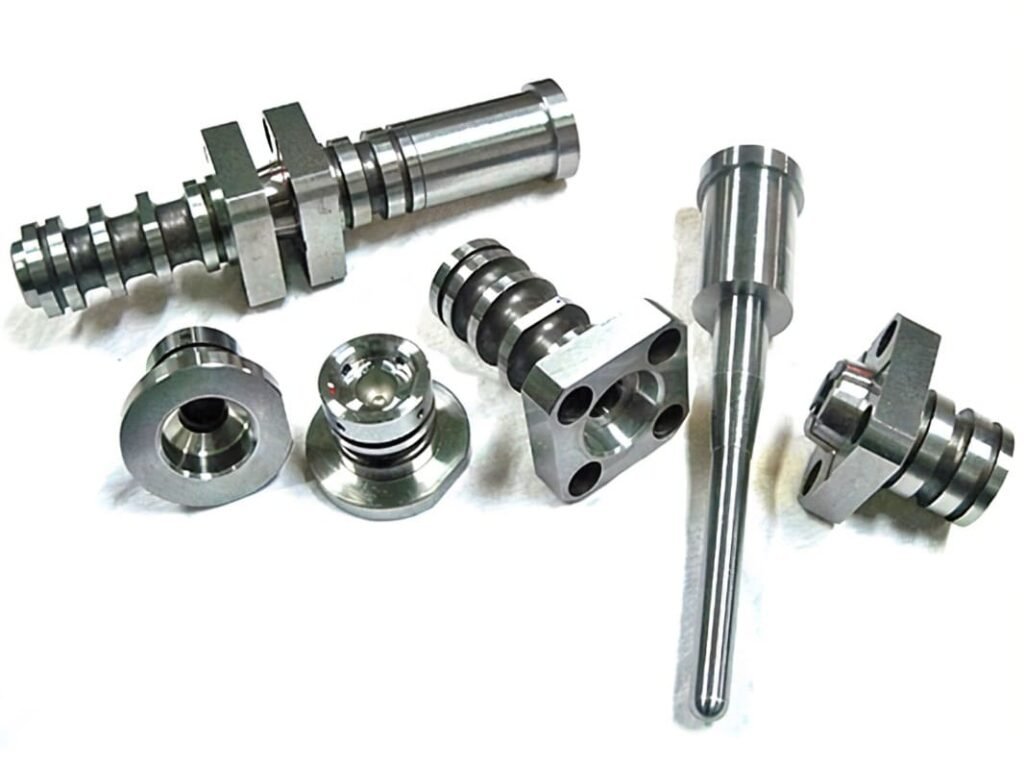
What is chromate plating? How does chromate plating enhance the aesthetics and durability of aluminium? Among other things, these are what we’ll be showing you here.
Follow closely.
What is chromate plating?
Chromate plating is a finishing process of applying a thin layer of chromate to another metal through electroplating. The metal used here is chromium. Chromium is one of the most common metals for coating aluminium.
Processes of chrome plating aluminium
• You need to degrease the surface finishing. This is to remove any dirt, grease, paint, oil, rust, etc on the surface of the aluminium. Sandblast or strip the aluminium to turn a bare metal.
• Repair and restore the aluminium. Use lead and brass to fill cracks and holes around the aluminium. Also, straighten all the damaged parts.

• Polish the aluminium. This is the abrasive removal of surface metal, using a series of abrasive belts or wheels. You need to coarsely cut and grind the aluminium till it gets smoother. This removes any scratches, pitting and other impurities around the aluminium. Note that you can also use a mechanical grinder for this purpose
• Clean the aluminium again to remove any dirt, scratches or residue that remains after polishing.
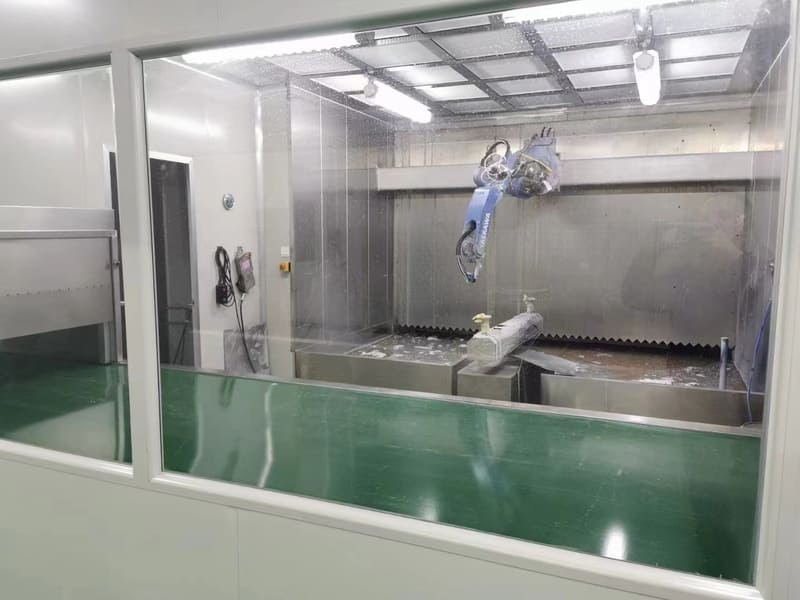
• At this point, apply copper coating on the aluminium and ensure it is buffed. This is because aluminium has a natural layer which makes it difficult to apply chrome plating.
• After buffing, clean the aluminium and apply additional nickel layer on its surface. This helps to enhance the aesthetics and durability of the final cast parts.
• After the above preparatory processes, you can apply the chrome plating on the aluminium through electroplating.

To do this, apply an electrical charge to a tub or container filled with chromium anhydride. Keep the aluminium in the electroplating bath for some time to control the thickness of the coating.
This results in an electrical charge that triggers a chemical reaction where chromium deposits itself on the surface of the aluminium. Although the chrome layer would initially have a golden colour, after rinsing the parts, the parts would have a shining silver colour.
Types of chromium used in chrome plating
(a.) Trivalent chromium: This is a less toxic chromium than the Hexavalent chromium. It uses multiple electroplating setups when plating. It can be deposited to a thickness of 0.103 to .27 um. It requires less current density for plating and it is more cathode-efficient. So, it is cost-effective.
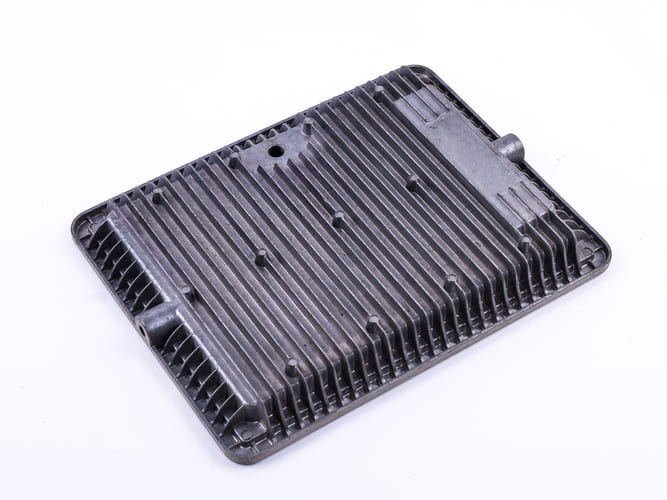
(b.) Hexavalent chromium: When you use this aluminium for hard chrome plating, it requires a temperature of around 50-60°c. Conversely, for decorative chrome plating, the temperature ranges from 35-45°c.
The cathode efficiency of Hexavalent chromium is not up to Mark. So, its coating uniformity is less than the Trivalent chromium.
This type of chromium is hazardous and contains human carcinogenic elements. Therefore, it is not suitable for all aluminium parts.
How Chromate plating enhances aluminium aesthetics
Chromium has an iconic lustrous appearance. It reflects around 70% of visible light. So, when you apply it to aluminium (and other metals).
it increases the aluminium’s aesthetics. It gives the aluminium a mirror-like finishing. After chromate plating, the aluminium takes a new appearance with no physical defects they (aluminium) might have otherwise had.

The process of chromate plating allows for measured amounts of chromium to be deposited on the surface. So, you can use it on irregularly shaped aluminium and aluminium cast parts, or even cast parts that include bores or holes in their design.
How Chromate plating enhances aluminium durability
Chromium is naturally corrosion-resistant. It reacts with the surrounding air to form a layer of chromium oxide over aluminium (and other stainless steel). This layer is known as the ‘passive layer’ and it protects the aluminium from rusting

Also, chromium has a rating of 8.5 on the Moh’s hardness scale. It has a typical hardness of about 65-70 hours. It is the hardest metal on the earth. This also makes chromate painting a suitable surface finishing option for aluminium durability.
Chromate can withstand extreme weather conditions. These include hotness, coldness, humidity, snow, etc. So, the coating doesn’t get damaged easily and this keeps the underlying substrate in good condition.

Furthermoree, you can apply chrome plating at a lower temperature without damaging the aluminium. It doesn’t require much heat like other custom tank liner processes such as HVOC (High-Velocity Oxygen-Fuel).
This low-process temperature also means that hard chromium plating is possible where the underlying material would otherwise make it impractical.
Also, chrome plating has one of the best lubricity among other metal plating options.
Classifications of chrome plating
Different types of chrome plating have varying thickness effects on aluminium. There are two classifications of chrome plating. These are:
(a.) Decorative chrome plating:
This type of plating excellently enhances the aesthetics of aluminium. It offers various finishing and buffing options to increase aluminium’s lustre and aesthetic appeal.
It is applied as a very thin layer with a thickness ranging from 0.0002 and 0.02 mi/s. It is thinner than the hard chrome plating. It is suitable in wet and corrosive conditions.
Before applying it to the aluminium, apply up to two layers of nickel on the aluminium surface. The underlying layer of nickel gives the coating its reflectivity and smoothness.
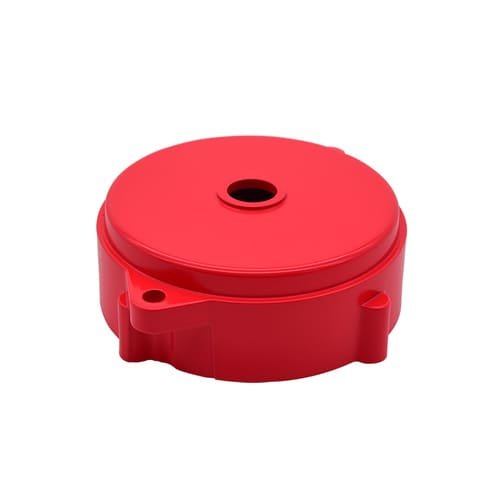
Decorative chrome plating is suitable to manufacture aluminium/aluminium cast parts for industries where aesthetics and durability are prioritized. It is used to manufacture various aluminium cast parts of vehicles such as door handles, bumpers, trim, grills, etc
It is also used to manufacture aluminium cast parts for tools and hardware such as hex keys, pliers, sockets, etc
(b.) Hard chrome plating
This is significantly thicker, stronger, and more durable than decorative chrome plating. It has a thickness ranging from 20-40 micrometres.
Its thickness can be up to 3.9 m/s or even thicker, in instances that require extreme wear resistance. Its hardness measures up to 65-69 HRC. However, it is less aesthetic than the decorative chrome plating.
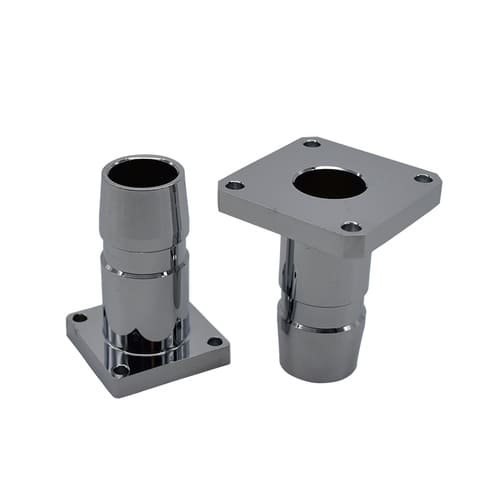
Hard chrome plating has higher wear resistance and reduced friction. It is more suitable for manufacturing aluminium cast parts for critical engineering components such as cylinders, shock absorbers, and other components liable to work under high cycles.
Therefore:
• If you prioritize a more aesthetically pleasing aluminium, consider decorative plating over hard plating. However, this doesn’t mean hard plating does not also enhance the aesthetic value of aluminium.
• If you prioritize a more durable aluminium, consider hard plating over decorative plating. However, this doesn’t mean decorative plating is not corrosion-resistant or durable.
Conclusion
In this article, among others, we have taken you through the concept of chrome plating. We noted how chrome plating enhances the aesthetics and durability of aluminium. We also explained the classifications of chrome plating.








